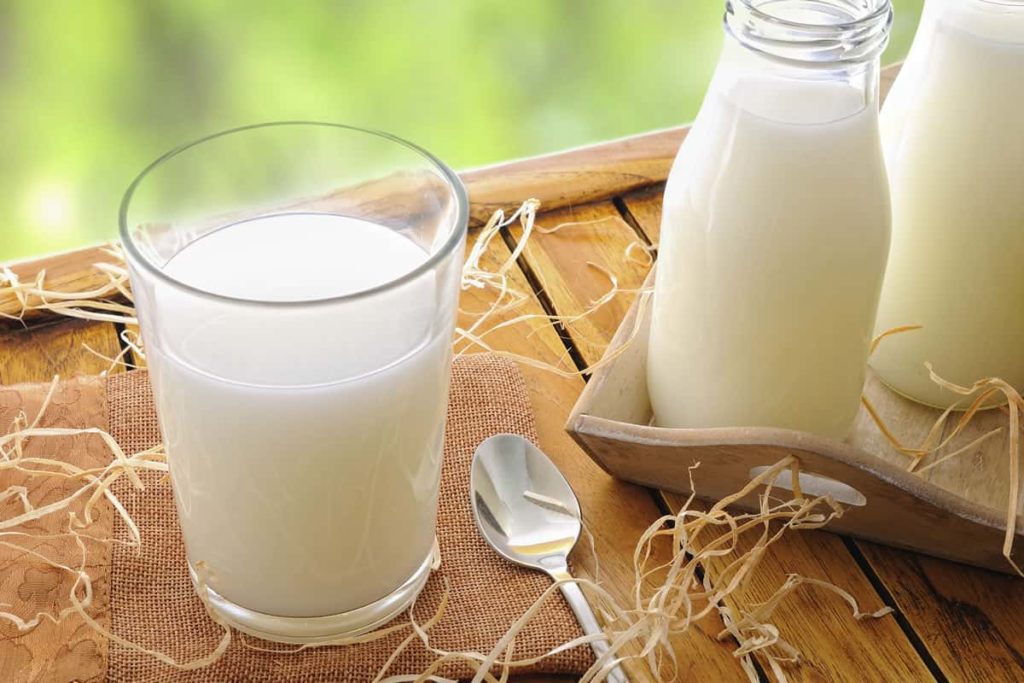Why Buy Freeze Dried Camel Milk?
Camel milk is a powerful superfood with health benefits unseen in any other health food. Because of the naturally occurring immune properties, growth factors, and nutrients, camel milk is predicted to be the next “big” superfood. Right now, parents and individuals want a product that is high quality, fair priced and practical. Freeze dried camel milk is a natural conclusion.
For their health and others, customers ask: “Does camel milk need to be pasteurized?”, and “Is there a difference between Freeze Dried Camel Milk and Spray Dried?”. These questions are important because you could be losing health benefits, wasting money, and most importantly, consuming an unsafe product.
“Should camel milk be pasteurized?”
A debate has hung over the question, with imagery of milk proteins and nutrients being boiled away and sterilized from their original intent. But the truth is that there’s bad (slow or high heat) and good (flash low-heat) pasteurization.
Understanding the potential dangers of raw milk is important too. Because excrement and waste can easily splash onto camel udders, contaminating the milk with E-coli, salmonella and other pathogenic bacteria. Good pasteurization should kill pathogens, whilst safeguarding the milk’s health properties. Pasteurization shouldn’t be ignored, especially when dealing with children, seniors or those with weak immune systems.
__________
Flash Pasteurization (good): Sahara Dairy Co. uses the optimal flash (72º C, 15 seconds) pasteurization with its camel milk, which has shown in studies not to denature the milk and its health properties. This method is trusted by the most diligent bovine colostrum companies because it’s proven to protect the milk’s vital nutrients and other biologically important proteins.
Slow or High Heat (Bad): The less expensive and slow 30-minute pasteurization process takes a long time to heat to the required temperature. During this interval, bacteria grow in the milk and eat its health properties. High heat alone can destroy milk proteins and bioactivity, with harsh temperatures of 135 °C in some processes.
__________
Health foods should be mindful of conserving its properties, yet aware of the myriad of potentially dangerous pathogens. Being cautious of products that don’t disclose their pasteurization method and being aware of the possibility of contamination is the best practice for every buyer.
“What’s the difference between Freeze Dried Camel Milk and Spray Dried?”
Freeze drying is thought to be necessary only when quality is of the highest concern. A method used for nutraceuticals, pharmaceuticals, coffee, antibiotics, gourmet herbs and spices, foods for astronauts, and high-value chemicals and pigments [1] [2]. Freeze-drying is labor intensive, but it’s non-negotiable when the goal is to retain potency, bioavailability, flavor, and protein structure.
| Advantages of Freeze Dried | Disadvantages of Spray Dried |
|
|
|
|
|
|
Conclusion
Science recognizes the importance of proper pasteurization and processing methods. Sovereign LabsTM, one of the most effective bovine colostrum products on the market, like Sahara Dairy Co., stand behind their flash pasteurization and freeze drying methods. Colostrum expert Dr. Andrew Keech says “If your colostrum is heat-dried-” than “it is no more effective than dried milk”. Camel milk, like bovine colostrum, requires these measures to maintain its integrity, effectiveness, and safety.
Citations
[1] Chan EWC et al (2008). Effects of different drying methods on the antioxidant properties of leaves and tea of ginger species. Food Chemistry 1:166-72
[2] Oetjen GW, Haseley P (2004). Freeze Drying. Wiley-VCH
[3] Ratti C (2001). Hot air and freeze-drying of high-value foods: a review. Journal of Food Engineering 49:311-9
[4] Phase Technologies Inc. (1999). Lyophilization: Introduction and Basic Principles. Jennings TA.
[5] Masters K., Spray Drying, SprayDryConsult Intl. ApS, Denmark, 2002.
[6] Pisecky J., Standards, specifications and test methods for dry milk products, in: Mac Carthy D. (Ed.), Concentration and drying of food, Elsevier, London, UK, 1986, pp. 203-220.





Angela Bennetts
April 28, 2020 at 12:06 pmDo you ship to Australia?
Alec Jain
November 30, 2020 at 6:55 pmYes we do…Please email info@saharadairyco.com